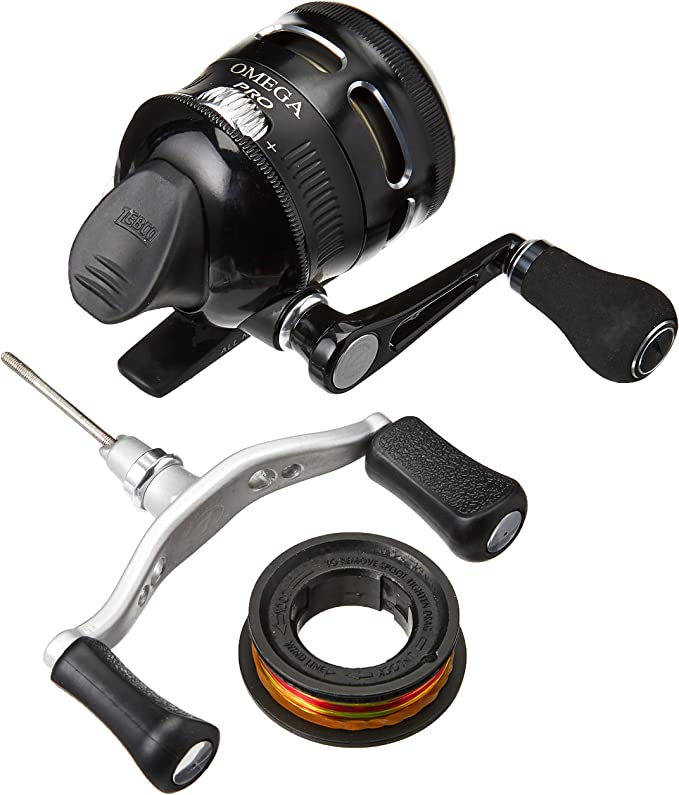The Thermal Chassis: Why the Camp Chef Pro 16 is More Than a Stove
Update on Nov. 18, 2025, 6:30 p.m.
In the hierarchy of outdoor gear, there are tools designed for subsistence, and then there are machines designed for production. A standard two-burner camping stove is a tool; it heats water and warms beans. The Camp Chef Pro 16 Cooking System, however, belongs to the latter category.
With a combined output of 90,000 BTUs and a footprint that rivals a residential range, calling this merely a “stove” feels like a linguistic undersell. It is more accurately described as a Thermal Chassis—a heavy-duty, configurable platform designed to manage massive amounts of heat energy in uncontrolled environments.
Let’s strip away the marketing jargon and analyze the engineering that makes this system a favorite not just for campers, but for outdoor canners, brewing enthusiasts, and basecamp chefs.
The Physics of 90,000 BTUs: Power vs. Control
The headline spec of the Pro 16 is its three burners, each rated at 30,000 BTUs. To put this in perspective, a typical burner on your home gas range outputs between 7,000 and 15,000 BTUs. The Pro 16 effectively gives you three commercial-grade wok burners in a portable package.
Why do you need this much power? It’s not just for speed; it’s about overcoming Thermal Loss. * The Wind Factor: In an open-air environment, convective heat loss due to wind can rob a pot of 50% of its thermal input. A 10,000 BTU burner effectively becomes a 5,000 BTU burner in a stiff breeze, struggling to boil water. The Pro 16’s 30,000 BTUs provide a sheer force overmatch, ensuring that even with significant loss, enough energy reaches the cookware to maintain a rolling boil. * Volume Management: For tasks like boiling corn for 20 people, deep-frying a turkey, or heating a 20-quart stockpot for homebrewing, standard stoves simply lack the thermal mass to recover temperature quickly after food is added. The Pro 16 acts as a thermal reservoir, pushing heat faster than the environment can steal it.

The “Chassis” Concept: Modularity as a Force Multiplier
The genius of the Pro 16 isn’t just in its burners; it’s in its geometry. It is built around Camp Chef’s 16-inch Accessory System. Most stoves are static appliances. The Pro 16 is a convertible frame.
By removing the pot grates, the unit transforms. You can mount a Professional Flat Top Griddle covering two burners while leaving the third open for a coffee percolator. You can drop in a BBQ Grill Box that uses an infrared diffuser plate to vaporize drippings, turning propane heat into flavor-enhancing smoke. You can even install a Pizza Oven.
This modularity changes the economics of the purchase. You aren’t buying a stove; you are buying the foundation of an outdoor kitchen that can evolve from a pancake station in the morning to a steakhouse in the evening.

Material Science: The Case for Cast Aluminum
A critical, often overlooked component of the Pro 16 is the material of the burners themselves: Cast Aluminum.
Many competitors use cast iron or stamped steel. * Cast Iron: Retains heat well but is prone to rusting if not meticulously maintained—a liability for gear stored in damp garages or truck beds. * Cast Aluminum: Used in the Pro 16, this material is practically immune to rust. Furthermore, aluminum has higher thermal conductivity than iron. This means the burners heat up faster and, crucially, cool down quicker when you cut the gas, giving you more responsive control—a vital trait when managing the high-output flames.
The “Canning” Paradox: Managing High-Output Gear
One of the most compelling “Blue Ocean” uses for the Pro 16 is as an emergency or outdoor canning station. Keeping the heat and humidity of pressure canning out of the house is a major advantage. However, this requires technical nuance.
The Warning: While the Pro 16 has the power to run massive canners, many aluminum pressure canners (like Presto) warn against using burners over 12,000 BTUs to prevent warping the pot or fusing it to the grate.
The Solution: The Pro 16’s valves offer granular control. The user must act as a Thermal Governor, running the 30k burners at 30-40% capacity. This provides a steady, wide flame spread (superior to small, focused backpacking stoves) without risking damage to the cookware. It is a tool that demands respect and operator skill.

The “Wind Tax” Redux: Recessed Design
We previously discussed the “Wind Tax” regarding propane. The Pro 16 mitigates this not just with the three-sided windscreen, but through its Recessed Burner Architecture. The cooking grate sits slightly below the rim of the chassis housing. This creates a “dead air” pocket around the base of the flame, protecting the most vulnerable part of the combustion column from micro-gusts that windscreens miss. It’s a subtle design choice that significantly improves fuel efficiency (miles per gallon, so to speak) in real-world conditions.
Conclusion: Investing in Infrastructure
The Camp Chef Pro 16 is heavy (nearly 60 lbs). It is bulky. It is overkill for a weekend trip for two. But for the basecamp manager, the large family, or the outdoor gourmand, it is indispensable infrastructure.
It solves the fundamental problem of outdoor cooking: Uncertainty. With the Pro 16, you don’t wonder if the water will boil or if the pancakes will be ready on time. You have the thermal dominance to dictate the terms of your meal, regardless of what the weather decides to do.



















